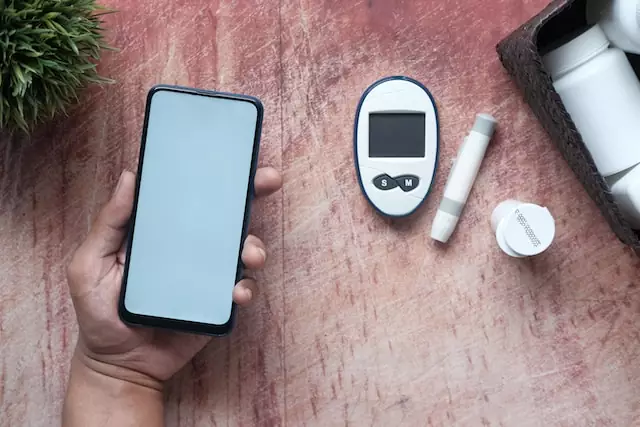Diabetes is a common chronic disease that affects 37.3 million people in the US. It is an illness characterized by high levels of sugar (or glucose) in the blood, resulting from the body’s inability to produce enough insulin or use it effectively. If you have been diagnosed with diabetes, understanding it is crucial as it can help prevent complications and improve outcomes. In this post, we will explore the various types of diabetes, their causes, symptoms, and available treatment options.
Types of Diabetes
- Type 1 Diabetes: This type of diabetes is usually diagnosed in childhood and is an autoimmune disorder where the body destroys beta cells in the pancreas that produce insulin. People with type 1 diabetes must take insulin injections daily.
- Type 2 Diabetes: The most common type of diabetes, usually seen in adults, is caused by a combination of genetic and lifestyle factors. In type 2 diabetes, the body is either unable to produce enough insulin or becomes resistant to it, leading to high blood sugar levels.
- Gestational Diabetes: This type of diabetes is observed in some women during pregnancy. The high blood sugar levels can affect both the mother and her child, leading to complications and long-lasting effects on health.
Causes
The exact cause of diabetes is not yet fully understood. Researchers believe type 1 diabetes may be linked to autoimmune conditions, certain genes or environmental factors like viruses. Type 2 diabetes is largely preventable and what we consider a lifestyle disease. Physical inactivity, excess body fat, smoking and a diet high in saturated fat, sugar and ultra processed foods can lead to developing diabetes.
Symptoms
The symptoms of diabetes may include frequent urination, increased thirst and hunger, blurred vision, losing weight without trying, irritability, slow wound healing and fatigue. This is your body’s way of warning you that something is wrong. It is attempting to get rid of excess glucose in the blood. If you experience any of these symptoms, it is crucial to see a doctor as soon as possible for diagnosis and treatment.
Diagnosis
If your doctor suspects that you have diabetes, they may order these blood tests. Here are numbers to look for, according to the American Diabetes Association:
- A1C = an average of your blood glucose levels over 3 months. An A1C of greater than 6.5% is considered diabetes. Prediabetes is between 5.7 – 6.4%.
- Fasting Blood Glucose = You must fast for at least 8 hours to have this test done, usually first thing in the morning. If your blood glucose is 126 mg/dl or above, you have diabetes.
- Oral Glucose Tolerance Test (OGTT) = This test measures how your body processes sugar two hours after drinking a glucose-rich drink. Diabetes is diagnosed when your blood glucose is over 200 mg/dl.
- Random Blood Glucose Test = This test is taken at any time during the day. Again, if your blood glucose is over 200 mg/dl, you have diabetes.
Treatment of Diabetes
The treatment for diabetes may include medication, dietary changes, and regular physical activity. People with type 1 diabetes require regular insulin injections to keep their blood sugar levels under control. Type 2 diabetes can often be controlled through lifestyle changes, such as losing weight, eating a nutritious diet, and increasing physical activity. In some cases, medication may also be required.
Conclusion
Understanding diabetes can help you manage the condition and prevent complications. Regular check-ups, a healthy diet, and an active lifestyle can all help manage blood sugar levels and reduce the risk of developing diabetes-related complications. If you have any concerns or symptoms related to diabetes, be sure to consult with your doctor as soon as possible.
If you have been diagnosed with diabetes but are unclear on how to change your lifestyle to manage it, schedule a free nutrition consultation with us! Many of our clients have successfully reduced their A1C and were told by their doctor that they no longer need medications!

